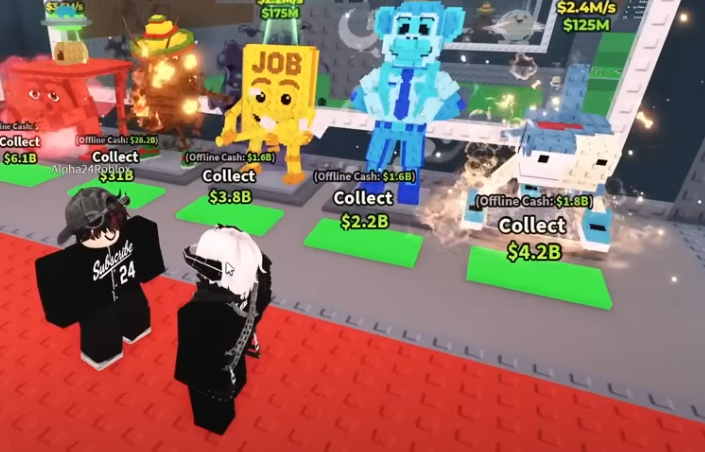Rebirth in Steal A Brainrot is one of those mechanics that can completely shift the way you approach your base setup. For many players, the first instinct is to think of it as a simple reset or a cosmetic change, but experienced players know it’s much more strategic than that. After a Rebirth, not only do your stats reset, but certain base structures and resource priorities need to be reconsidered.
One of the biggest changes is resource allocation. Before Rebirth, players often focus on hoarding brainrots to maximize immediate gains. After Rebirth, you need to rethink which resource-generating structures to prioritize. It’s tempting to just rebuild the same setup, but doing so can leave you inefficiently balanced against newer threats or challenges that come with higher-level content.
Another key aspect is defensive positioning. Many players underestimate how Rebirth affects your base layout. Walls, traps, and guard posts that worked before may now be less effective, especially if you’ve reset to a lower level. Paying attention to the interaction between new structures and your old setup can prevent unnecessary losses.
Of course, for those who want to speed up their progress after Rebirth, some players choose to buy brainrots from reliable sources. While it’s not essential, having a boost can help rebuild your base faster and allow experimentation with more advanced layouts without grinding excessively. Services like u4gm steal a brainrot are commonly mentioned among the community for players seeking a quick jump-start.
Ultimately, the key takeaway is that Rebirth isn’t just a reset—it’s an opportunity. It forces you to rethink your strategy, optimize your base, and adjust to a slightly different meta. Players who approach it thoughtfully will find themselves in a stronger position than before, with a base setup that’s both resilient and highly efficient for the next stage of the game.

